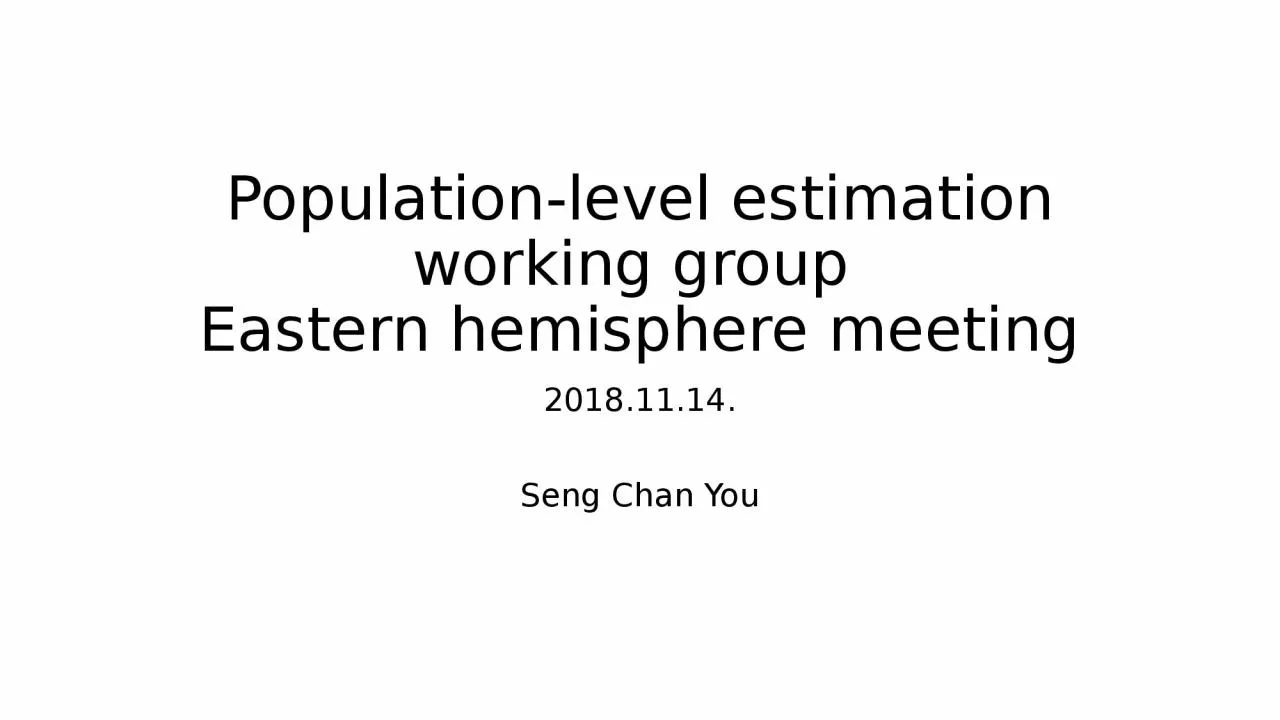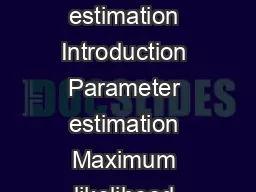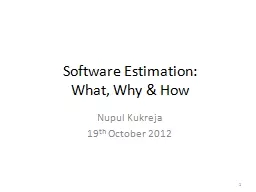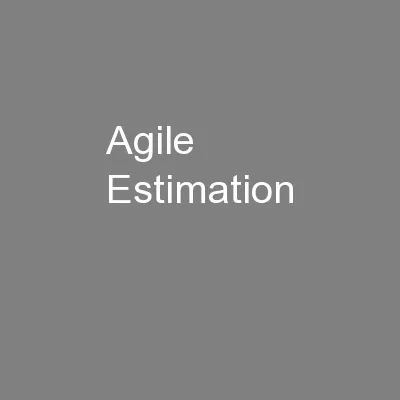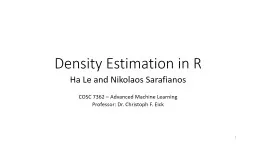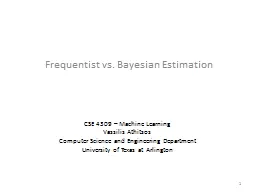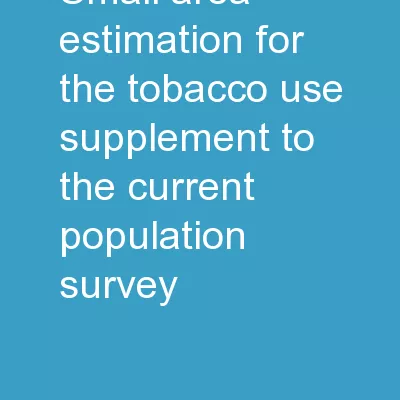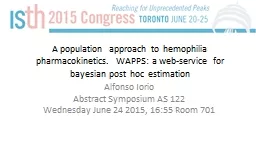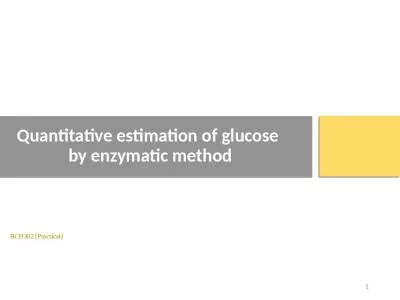PPT-Population-level estimation working group
Author : morgan | Published Date : 2024-01-29
Eastern hemisphere meeting 20181114 Seng Chan You Content Standard Phenotype Library for Cardiovascular Disease Risk of acute kidney injury between conventional
Presentation Embed Code
Download Presentation
Download Presentation The PPT/PDF document "Population-level estimation working grou..." is the property of its rightful owner. Permission is granted to download and print the materials on this website for personal, non-commercial use only, and to display it on your personal computer provided you do not modify the materials and that you retain all copyright notices contained in the materials. By downloading content from our website, you accept the terms of this agreement.
Population-level estimation working group: Transcript
Download Rules Of Document
"Population-level estimation working group"The content belongs to its owner. You may download and print it for personal use, without modification, and keep all copyright notices. By downloading, you agree to these terms.
Related Documents

